Why Vulnerability Matters
Do you have the courage and willingness to be vulnerable?
In 2010 we fell in love with the concepts of Vulnerability and Authenticity. It all started when Brene Brown took the stage at her first TED talk The Power of Vulnerability and dazzled us with her…vulnerability. Her TED talk is still one of the most viewed videos on TED.com of all time, with more than 69 million views (as of this writing).
The invincible Brene had a lot to say about Vulnerability, and her research and science backed it up. She offered us a pathway to living a more wholehearted life. She said in one of her many books, "Vulnerability is not winning or losing; it's having the courage to show up and be seen when we have no control over the outcome."
Brene describes vulnerability as the birthplace of connection, love, and joy, but also the core of fear and uncertainty. She emphasizes that true courage comes from being vulnerable enough to show up and be authentic, rather than hiding behind armor.
Indeed, Brene opened our hearts and minds of millions of people about this often-misunderstood leadership attribute: Vulnerability. She encouraged us to be courageous and take the risk of being vulnerable and authentically ourselves. Sounds easy enough but turns out it's pretty challenging.
Vulnerability Enhances Relationships
Inherently we know vulnerability is essential for close relationships. And most of us want close relationships - in our personal life, professional life, civic life, neighborhood, families, etc. Vulnerability helps us build trust and closeness, love and respect. That's good stuff, but apparently many of us struggle to be vulnerable and trusting in relationships
William Sparks, author of the book, Actualized Leadership: Meeting your Shadow, Maximizing Your Potential, says that “Being vulnerable is critical because it allows us to connect with others in a genuine and authentic way. If we are UNWILLING to be vulnerable, we limit the quality of our relationships with others. Period. It’s difficult to explore vulnerability without considering courage.” (page 129)
Dr. Sparks offers us these tips to develop ourselves into more actualized leaders. Which tip(s) are you willing to put into practice?
5 tips for meeting and managing your Fear of Betrayal Shadow
- Confront your fear of vulnerability
- Admit that it hurts to feel rejection, judgment, or indifference
- Forgive others, and yourself
- Remove people from your life who cannot be trusted
- Give yourself permission to practice vulnerability and be less than perfect.
Please don't get overwhelmed. Remember, start with baby steps.
Being Vulnerable Starts from Within
Before we can change the culture, we must be willing to change ourselves first. Examining our relationship with vulnerability and other leadership attributes can be difficult. You can’t do it just inside your own head. It’s helpful to gather with a small group of trusted people and openly discuss topics like Vulnerability.
That’s what we did at one of our Fearless COFFEE CHAT social. And the conversation and connection was powerful. Below is the list of conversation prompts that I gave them for their breakout groups. Why not take this list of questions and use them to facilitate your own small group discussion?
☕️ Conversation Prompts on Vulnerability
- When has being vulnerable opened the door to a deeper connection or opportunity in your life?
- Can you think of a recent moment when you chose to show up and be seen, even without knowing how it would turn out?
- When has being vulnerable not gone the way you hoped? What did you take away or learn from that experience?
- What helps you feel safe enough to be open and authentic with others?
- How do you balance being open-hearted and vulnerable with maintaining healthy boundaries?
- Knowing what you know now, what advice would you give your younger self about the power of vulnerability?
Favorite Quotes on Vulnerability
We all need to be inspired, and quotes are terrific tools to do that. they open up the heart and mind and give us new ways to look at things. Here's a quote from Brene Brown that I found worthy of sharing.
"To live with courage, purpose, and connection—to be the person whom we long to be—we must again be vulnerable. We must take off the armor, put down the weapons, show up, and let ourselves be seen". ~ Brene Brown, author of
Daring Greatly.
👥 Please share your favorite quote on Vulnerability at our Fearless Leader Community on Mighty Networks. Post your quote here.
🆓 Not yet a member of Mighty Networks? You can join for free - click here.

Gratitude is more than a polite “thank you” or a seasonal expression reserved for the month November. It is a powerful mindset, a daily practice, and a leadership competency that elevates our relationships, strengthens our resilience, and helps us show up as the best version of ourselves. When we engage gratitude intentionally, it shifts how we see the world. Instead of focusing on what’s missing, we begin noticing what’s present. Instead of dwelling on stress or scarcity, we tap into abundance, appreciation, and connection. Gratitude doesn’t erase challenges, but it does give us a stronger foundation for navigating them. The Science Behind Gratitude A growing body of research shows that gratitude has significant benefits for both mental and physical well-being. Studies link gratitude to: Increased happiness and overall life satisfaction Lower stress, anxiety, and depressive symptoms Better quality sleep ZZZ Improved immune functioning Stronger and more trusting relationships In leadership settings, gratitude also supports clearer communication, healthier team dynamics, and more emotionally intelligent decision-making. Leaders who practice gratitude tend to create environments where people feel valued, seen, and motivated to contribute. Why Gratitude Can Feel Hard Despite the benefits, gratitude doesn’t always come naturally. Life gets hectic. Stress piles up. We get distracted by inconvenience, disappointment, or frustration. Our brains—wired for survival—tend to look for what’s wrong rather than what’s right. We forget to pause. We forget to breathe. We forget to put our phones down. We forget to appreciate. We forget to express thanks. Sometimes we even slip into impatience or negativity—snapping at customer service agents, getting irritated in checkout lines, or focusing on what others aren’t doing instead of what they are. The good news? Gratitude is a skill. And like any skill, it can be strengthened with practice. Gratitude as a Leadership Strength Gratitude is not soft, fluffy, or optional. It is a practical, strategic leadership tool. Leaders who cultivate gratitude are more: Present, aware, and mindful Open-hearted Resilient Clear-minded Collaborative Trustworthy Calming Gratitude helps leaders regulate emotions, build trust, and inspire others through authenticity rather than authority. It humanizes leadership and reminds us that people—not tasks, not titles—are at the heart of every organization. Simple Ways to Bring More Gratitude Into Your Life Here are a few small habits that can make a big impact: 1. Start each day with a dose of appreciation and anticipation Before you get out of bed each morning, ask yourself these two questions: What is 3 things I’m grateful for today? (make a list in your head) What 3 things I am looking forward to today? These simple questions can reframes your entire mindset and allow you to start the day in a more positive way. I know, because this has been my core "gratitude practice" for the past ten years. While I have had periods of lapsing in this practice, when I eventually return to this daily practice, things improve. If it works for me, it might just work for you. 2. Express gratitude out loud Send a text. Share a compliment. Tell someone why they matter. Mail a card. Put a note in their lunch box. Silent gratitude is lovely—but spoken gratitude is transformative. 3. Notice the “ordinary miracles” all around you Running water, electricity, sunrise, a warm bed, food in the pantry, salt in your salt shaker. Gratitude begins with noticing what we often overlook. And that includes the good, loving people in your life. 4. Practice gratitude in moments of frustration When you’re stuck in traffic, dealing with a slow retail clerk, or facing a setback, PAUSE and allow a few calming breaths, and then ask yourself: W hat is still good here? What can I appreciate right now? What is this teaching me? 5. Create a gratitude ritual A journal, a nightly reflection, a keyword or mantra that you focus on during meditation or yoga, a weekly gratitude text to a friend, or a family ritual at dinner. Use your creativity to create your own, special gratitude ritual. Consistency creates impact. Gratitude Makes Us Better Humans — and Better Leaders At its core, gratitude is about presence. It invites us to slow down, open our hearts, and recognize the gifts woven into our everyday lives. It strengthens our leadership because it strengthens our humanity. When we lead with gratitude, people feel safer, supported, and inspired. When we live with gratitude, our relationships deepen, our stress decreases, and our joy expands. And when we practice gratitude together, we create communities of warmth, resilience, and connection. As we move through the season—and every season ahead—I invite you to lean more intentionally into gratitude. Not just as a holiday tradition, but as a daily practice and leadership discipline that enriches your life in ways both profound and practical. What is one thing you are grateful for today? Leave a comment, share a story, or simply pause and whisper: Thank you.

We all know perfection is overrated—and unachievable. Personally, I’ve found that striving for progress over perfection makes life lighter and more rewarding. I aim for excellence in my work, and while I often fall short of “perfect,” I’ve learned to be fine with that. Sounds nice, right? But let’s get real. Facing the Mirror at 64 As I approach my 64th birthday in November, I’ve been wrestling with the emotional side of normal, age-related changes in my body. And I know I’m not alone. At every age, many of us carry dissatisfaction with our bodies. We compare ourselves to the glamorous images on TV, in magazines, and online—and we end up feeling inadequate. Intellectually, we know comparison is a waste of energy. Emotionally, though, it’s hard to stop. Here’s what I’ve discovered: hating your body never creates change. Loving your body does. When we shift from criticism to appreciation, we tap into the energy, confidence, and motivation to build healthier habits—whether that’s exercise, nutrition, or rest. Rethinking Exercise (and Breath) Earlier this year, I became certified as a breath work instructor. I didn’t set out to teach—I simply wanted a tool to help reduce my anxiety and cope with the chaos of our world. And it worked. I found peace, calm, and a new way of talking to myself. I replaced my old limiting joke—“I’m really a sloth, lazy”—with an empowering truth: 👉 “My body and mind are strong, resilient, and capable.” That simple shift in self-talk has made me feel stronger inside and out. My Morning Routine During my 8-week certification program, I built a new morning ritual that blends breath work, movement, and cold exposure. It usually takes about an hour, but I shorten it when I’m traveling or pressed for time. Here’s my flow: Drink a glass of Sole Water for hydration first thing in the morning 1 minute of standing properly and in silence 2–5 minutes of arm twists Five Tibetan Rites (10–21 reps, depending on how I feel) Breath work (Tummo, TT 5, or TT 10, followed by 2 minutes of rest) Eight Brocades (6 reps each) Shower—ending with 30 seconds of cold water 🥶 Short neighborhood walk A healthy breakfast Do I love it? Absolutely. Do I do it every day? Almost—but I also give myself grace. Consistency Over Intensity One of the biggest lessons I’ve learned from my coach, Tim van der Vliet of Breathing for Success, is this: 👉 Consistency matters more than intensity. He introduced me to Dr. Stephen Seiler’s TEDx talk: How “Normal People” Can Train Like the World’s Best Endurance Athletes . It’s 17 minutes that completely reframed how I view exercise. Dr. Seiler explains that 80% of elite athletes’ training happens in the “green zone”—low intensity. “No pain, no gain”? Turns out that’s a slick slogan, but a deeply flawed philosophy. True growth happens gradually, through steady, sustainable practice. Curious to explore more? If this sparks something in you, here are some next steps: Book a free 30-minute Breathing Together session with me Explore Tim’s programs at Breathing for Success Try the Five Tibetan Rites in your own routine. Tim teaches a course in this. Subscribe to Tim’s YouTube channel for free guided practices Perfection isn’t the goal. Progress, peace, and consistency are. And the best place to begin might just be tomorrow morning. 🌅
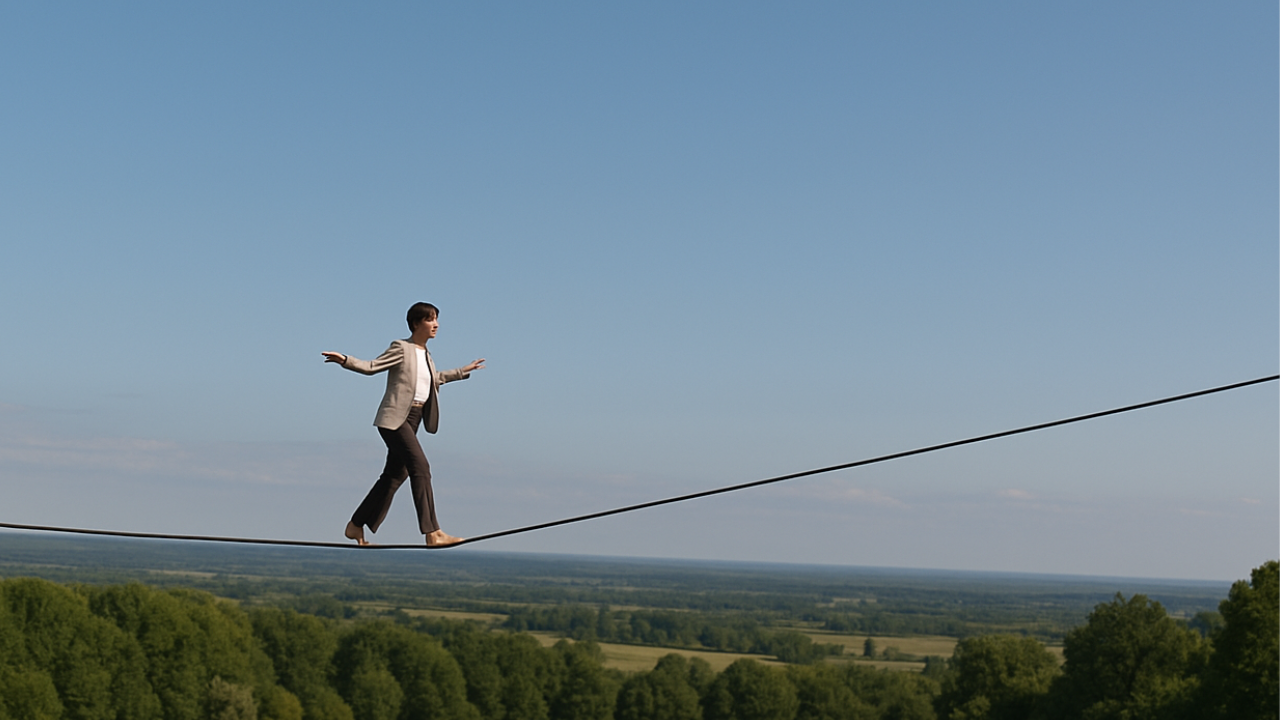
Risk is all around us. It shows up in our careers, our relationships, our choices, and even in the quiet moments when we wonder what might happen if we step outside of our comfort zone. For some, the very word “risk” brings up fear. For others, it sparks excitement. For most of us, it is a mix of both. At a most recent Fearless COFFEE CHAT social , we gathered as a small circle of risk takers to explore how uncertainty can actually be a path to growth. We swapped stories, asked bold questions, and reminded each other of something important: without risk, there is no reward. Why Risk Matters Here are three truths that stood out in our conversation: Risk is unavoidable. It is part of the human experience, whether we like it or not. Risk fuels growth. Research shows that stepping into uncertainty builds resilience, leadership, and self-actualization. No risk, no reward. Calculated risks open doors, both personally and professionally. Think back to your own journey. Wha t risk - big or small - changed your trajectory? Maybe it was applying for a new job, starting a business, speaking up in a difficult meeting, or moving to a new city. Often, those pivotal choices felt scary in the moment but became turning points in hindsight. Rethinking Risk One of the most helpful takeaways from our discussion was the idea that risk does not have to be reckless. Smart, courageous risks are intentional. They are guided by purpose, balanced by preparation, and supported by community. Here are a few practical ways to reframe your relationship with risk: Redefine risk as opportunity. Instead of focusing on what you might lose, ask what doors could open. Start small. Practice by speaking up in a meeting, testing a new idea, or reaching out to a potential collaborator. Balance head and heart. Do your research and trust your gut. Both perspectives matter. Know your why. A strong purpose turns fear into courage. Build a safety net. Have a Plan B, and lean on trusted advisors. Expect failure. Not every risk will work out, but each one teaches you something valuable. Find your people. Courage is contagious when you surround yourself with others who celebrate effort, not just results. Which of these resonates most with you? Questions for Reflection If you are ready to explore risk in your own life and leadership, here are a few questions to sit with: Looking back, what risk opened a new door for you? Looking ahead, what risk are you grappling with that might make all the difference? How does risk show up in your leadership, your relationships, your daily choices? What would it look like to treat risk as a friend rather than a foe? Sometimes the most powerful thing you can do is start a conversation. At your next networking event or coffee meeting, try asking: “I’m curious - when you look back, what’s a risk that opened a new door for you?” You might be surprised at the stories you hear. Final Thoughts Growth always requires some degree of uncertainty. Whether you are launching a new project, stepping into leadership, or navigating a life transition, risk is part of the process. You can resist it, or you can embrace it with courage, clarity, and intention. As author Gail Sheehy wrote, “Growth demands a temporary surrender of security.” And Jim Rohn reminded us, “If you are not willing to risk the unusual, you will have to settle for the ordinary.” So, what risks are calling you forward right now? And which ones might just open the next big door in your life? I say, feel the free and take the risk anyway!

The topic of free speech is everywhere these days. From the breaking news reports to our social feeds, we’re seeing conversations about the right to speak, protest, and peacefully assemble being pushed to the forefront. At the same time, we’re watching those rights be questioned and, in some cases, restricted. In divided or uncertain times, speaking up can feel risky. But choosing to be silent comes with its own cost. It takes courage to use your voice, and not just one kind. Speaking your truth often requires social courage, physical courage, and intellectual courage. You have to be willing to be uncomfortable. To risk being wrong. To risk being misunderstood. Sometimes, staying quiet feels easier. But easier doesn’t always mean better. As my friend and writing coach Lois McKenzie puts it in this article , “The prerequisite for speaking isn’t perfection. It’s caring enough about something bigger than your own comfort to risk being wrong, misunderstood or judged.” That quote hits home for so many of us. Too often, fear dresses itself up as humility. But real leadership means choosing visibility over safety, honesty over harmony, and growth over comfort. One of the most underused forms of free speech is candor. Candor is the choice to be forthright and sincere in our communication. It’s not about being blunt or harsh. It’s about showing respect for others by speaking clearly, directly, and with care. In the book Actualized Leadership: Meeting Your Shadow, Maximizing Your Potential author Dr. Will Sparks includes candor as one of the nine essential attributes of actualized leadership. It is one of the behaviors that actualized leaders do consistently well. Cander is also included in the “Confidence Sequence” grouped with objectivity and courage. (see Chapter 8). Here’s what stands out about actualized leaders: They don’t sugarcoat the truth. They don’t avoid difficult conversations. They don’t use honesty as a weapon. They speak to be clear, not to be right. Candor also helps prevent unnecessary drama and wasted time. And it builds trust between people. Dr. Sparks reminds us, “Whether you’re leading an organization or making decisions about a personal relationship, you owe it to yourself and anyone else involved to be candid.” (page 105 of Actualized Leadership ) If candor feels hard for you, you’re not alone. Many of us were raised to keep the peace, smooth things over, or avoid conflict. But holding back can be just as damaging as speaking carelessly. You can be kind and candid at the same time. One helpful approach that I’ve used successfully is to start a conversation with this simple question: “May I be candid with you?” This question invites permission and sets the tone for a more open exchange. It helps the listener emotionally prepare themself for what might be an uncomfortable conversation. It also builds confidence, creates connection, and helps move things forward. As Dr. Sparks explains, “Rather than agenda-laden or hurtful bluntness, candor is about respecting the value of others without making assumptions about likely responses or reactions.” (page 105) Does candor help or hinder your goal attainment? I believe there’s a strong link between reaching our goals and learning how to speak our truth. Candor isn’t just important in leadership. It’s essential for progress in our personal and professional lives. When we speak clearly, we create clarity. When we speak our truth, we build trust within ourselves and with others. When we communicate with courage, we inspire others to do the same. So consider this your invitation to reflect on your own voice. Ask yourself: What does free speech mean to me? Where am I withholding honesty, and why? What fears stop me from being more candid? Who do I find it hardest to be honest with? How do I typically respond when others are trying to speak their truth and be candid with me? What might happen if I found the courage to speak more freely….and allow others to do the same? Empower yourself with the right to speak freely Imagine what your business and your life might look like if you gave yourself permission to speak your truth more often. Candor could be the tool that unlocks that next level of growth, connection, and confidence. What truth do you need to speak next? First be candid with yourself.
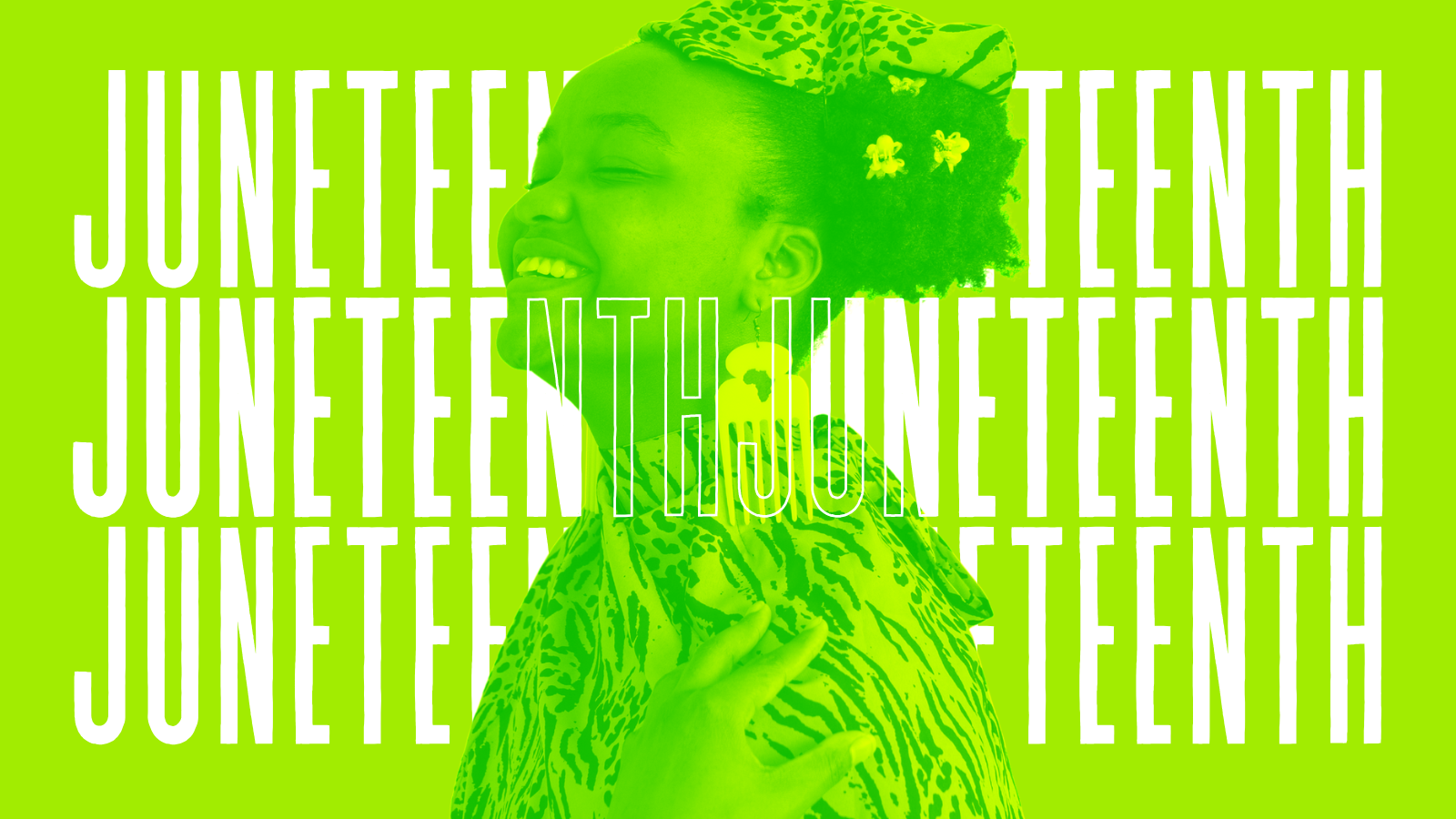
With Juneteenth on the horizon, I’ve found myself reflecting more deeply on the idea of freedom, what it means, how we experience it, and how often it’s something we must reclaim for ourselves. Juneteenth commemorates a pivotal moment in American history. It marks the day in 1865 when enslaved African Americans in Texas finally learned that they had been freed, two and a half years after the Emancipation Proclamation had been signed by President Abraham Lincoln. Slavery was officially abolished later that year with the ratification of the 13th Amendment. And yet, freedom is not a one-time event. It’s not a single document, a holiday, or a moment in time. It’s an ongoing journey. I first learned about Juneteenth when I interviewed Dr. Opal Lee for my book Fearless Female Leaders . I was deeply moved by her story. I think you will be too when you read the book. At 97 years old, Opal continues to work for unity, justice, and peace. Even after successfully leading the movement to make Juneteenth a national holiday, she didn’t stop. Her commitment to building a better world remains as strong as ever. Her story, “The Fearless Face of Freedom,” appears in Chapter 8 of my book and continues to inspire me, and many others, to keep asking big questions about what freedom looks like today.
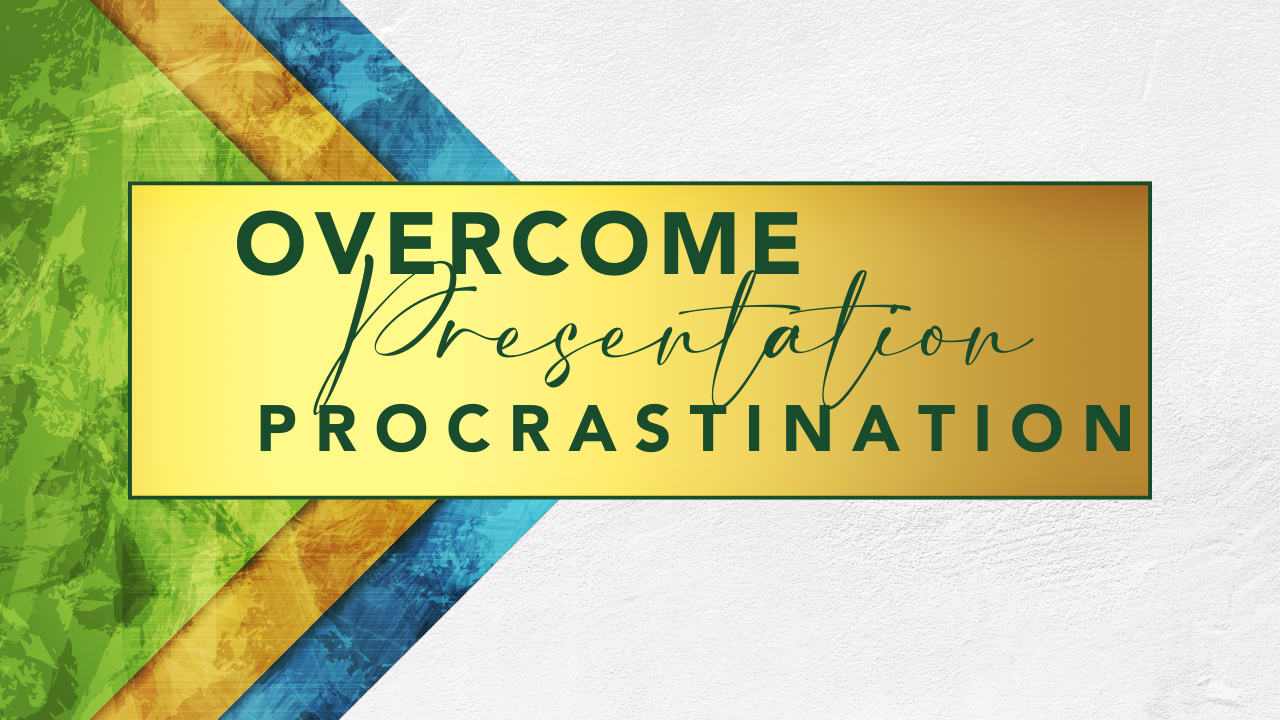
I’m excited to announce the relaunch of a digital toolkit that has saved my ass numerous times in the past. It’s called The Control Center presentation toolkit and it includes exclusive content from my book, Stop Global Boring . This presentation toolkit literally saved me this past week. Saved me from what, you ask? 👹 Presentation procrastination: that’s what! You know the pressure of pulling together a fantastic presentation with all the bells and whistles but having it stay in your head as a big vision, but absolutely nothing materializing in real life? Hours go by, days go by, weeks go by… and still you remain in procrastination land. You manage to skirt by when the boss keeps asking you to review your slides. In truth you haven’t created a single one. Or maybe you pulled up an old presentation and tried to update it. But you know in your heart that it stinks. The pressure and reputation risks are building by the hour. Can you just wing it like you've done before? Truth be told… None of us are immune from the pain and agony of presentation procrastination. Not even me. (and I teach this stuff!) For the past four weeks I’ve been struggling with getting my presentation together for a major presentation with an exciting new client. I could visualize it all in my head, but nothing was materializing in a way that was actionable. Finally, I opened up The Control Center presentation toolkit and used the tools of my own making. And it worked! Fast as lightning, the pieces started to come together. I figured out my key message, critical content, support materials, opening and closing statements, and ways I could engage the audience so this wasn’t just a boring, talking-head-style presentation. Best of all, my energy is up and I am feeling confident and excited about this presentation opportunity. So different than the negative feelings I was experiencing when I was stuck in procrastination land. Shifting into GO mode This week I’m headed to Chicago to present two breakout sessions for the Arthritis Foundation at their Staff Summit. (Check out their website - they have helpful resources ). My session is entitled: Power of the Pitch: Presenting with Influence and Impact . I will be giving the session with little or no slides. My goal is to teach them how to summon the courage to be creative (not controlled), to be original (not ordinary) and to be bold (not bland or boring) when they give presentations and talks. And I will give them presentation planning tools and techniques to prevent procrastination from setting in. Are you prone to presentation procrastination? Many people think procrastination is laziness, but I think procrastination is a response to FEAR. Fear of failing… Fear of falling short of expectations… Fear of being judged or criticized… Fear of being boring… And in the case of presentation procrastination, plain old fear of public speaking! In my twenty years of working with clients on their presentation skills and communication mastery, I have also seen many bad habits that waste time and bore audiences to death. The biggest bad habit in presentation preparation (other than waiting until the last minute and winging it), is hiding behind your PowerPoint slides. Many of my clients equate presentations with PPT slides and refer to their slide deck as the presentation itself. Worse yet, building slides is often the very first thing they will do to prepare for an upcoming presentation. This is not how you should prepare for a presentation Slide building should be the very last thing you do in the presentation preparation process. How do you break this bad habit? How can you regain control and find a better way to begin preparing for a presentation? Get The Control Center Presentation Toolkit For $19.97 you can get 13 powerful tools in PDF-writable format and a workbook that will act as a roadmap to help you plan, build, deliver and critique your presentation performance. The toolkit includes my signature presentation tool called Clean Sheet Thinking which will help you develop your high-level game plan for your upcoming presentation. Using this powerful tool from The Control Center toolkit you can go from the agony of procrastination to the thrill of seeing the strategic vision of your presentation come to life! From procrastination to persuasion in less than 30 minutes! That’s what can happen when you use the tools in The Control Center presentation toolkit. If that’s not worth $19.97, I don’t know what is! 🛍 Save yourself with The Control Center presentation toolkit 📖 Save your audience by reading my book Stop Global Boring
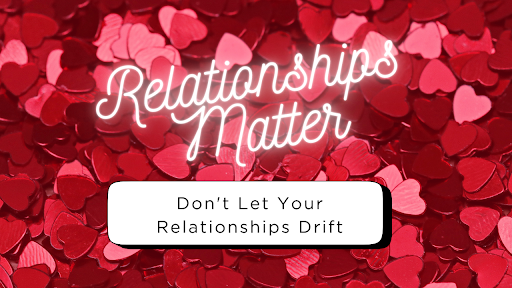
Kathy McAfee shares her philosophy that "Networking is more than an event or activity; it is a strategy for a successful life." But too many working professionals let their relationships drift away through inaction, neglect, stress, lack of time and lack of communication and appreciation. Kathy offers insights and tips to help you learn how to reconnect and to renew the important relationships in your life.
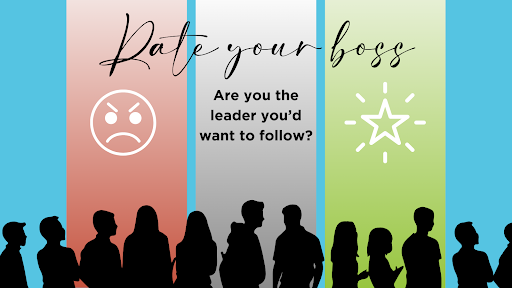
Over the course of my long career, I have had my fair share of good bosses (like Simon Fraser and Yolanda Canny), and some bad bosses (who know who they are). If I were completely honest with myself, I would also say as a manager of people, I have been rated by some direct reports as a very good boss and by others, I’ve been viewed as a really shitty manager. I own it all. Learning from negative role models Looking back, I see that I have learned as much from the bad bosses as I have with the good ones. The same goes for role models: there are plenty of examples of terrible leadership, as well as the great. While it’s frustrating to see how frequently the unethical and unprincipled leaders get away with stuff, there’s an opportunity to learn a great deal from them. Being a student of leadership often means we need to observe and study not only what we aspire to, but also the opposite. I observed a great deal of negative leadership lessons during 2020, the first year of the pandemic. In fact, negative leadership was a primary inspiration and catalyst for me to develop the curriculum of my new signature program: The Fearless Leader 8-week group mentoring leadership development program . As I re-read the discussion guides for each of the eight weeks, I remember the context of bad leadership and bad bosses that were operating at that time - as I’m sure you’ll recall from that year! And yet, we survived, and grew, and became wiser. Bonus - a new program was born! Our leadership must evolve as we move into 2025. I see an urgent need for each of us to hold on dearly to our values and principles of ethical leadership, no matter how much craziness falls down on us from the top. When you think of some descriptive words about our leaders today, what words come to mind? For me, “power”, “control” and sadly, “greed” come to mind. Classically a male-dominated expression of leadership, power and control are only one form of leadership. There are many other leadership styles and expressions. And while many people praise command and control style leaders as strong, their regimes tend to be quite damaging to those in their care. Win some. Lose some. Winning doesn’t instantly make you a great leader; nor will winning make you a good boss, or a wonderful partner, or worthy parent. It takes so much more than that. I believe that how you handle the losses reveals so much more about your true character as a leader than winning will ever do for you. Choosing to accept your losses with grace, dignity and humility will also build your resilience. So let’s all remember that winning isn’t everything, nor is it the only thing. Being a good leader doesn’t just happen by accident. You have to make an intentional decision and take intentional actions towards being a better kind of fearless leader. In 2025, resolve to be a good boss, a better leader, a respectful colleague, and a positive role model for current and future leaders who you will influence directly or indirectly. My advice to all would-be fearless leaders is this: Surround yourself with people who are smarter than you. Seek honest and open feedback. Listen. Create a positive workplace culture. Be accountable. Admit when you are wrong. Apologize. Think before you speak. Be humble and kind. Be grateful. Share. Help others. Leave the world a better place. Pay it forward. Be fearless, but don’t be a jerk.
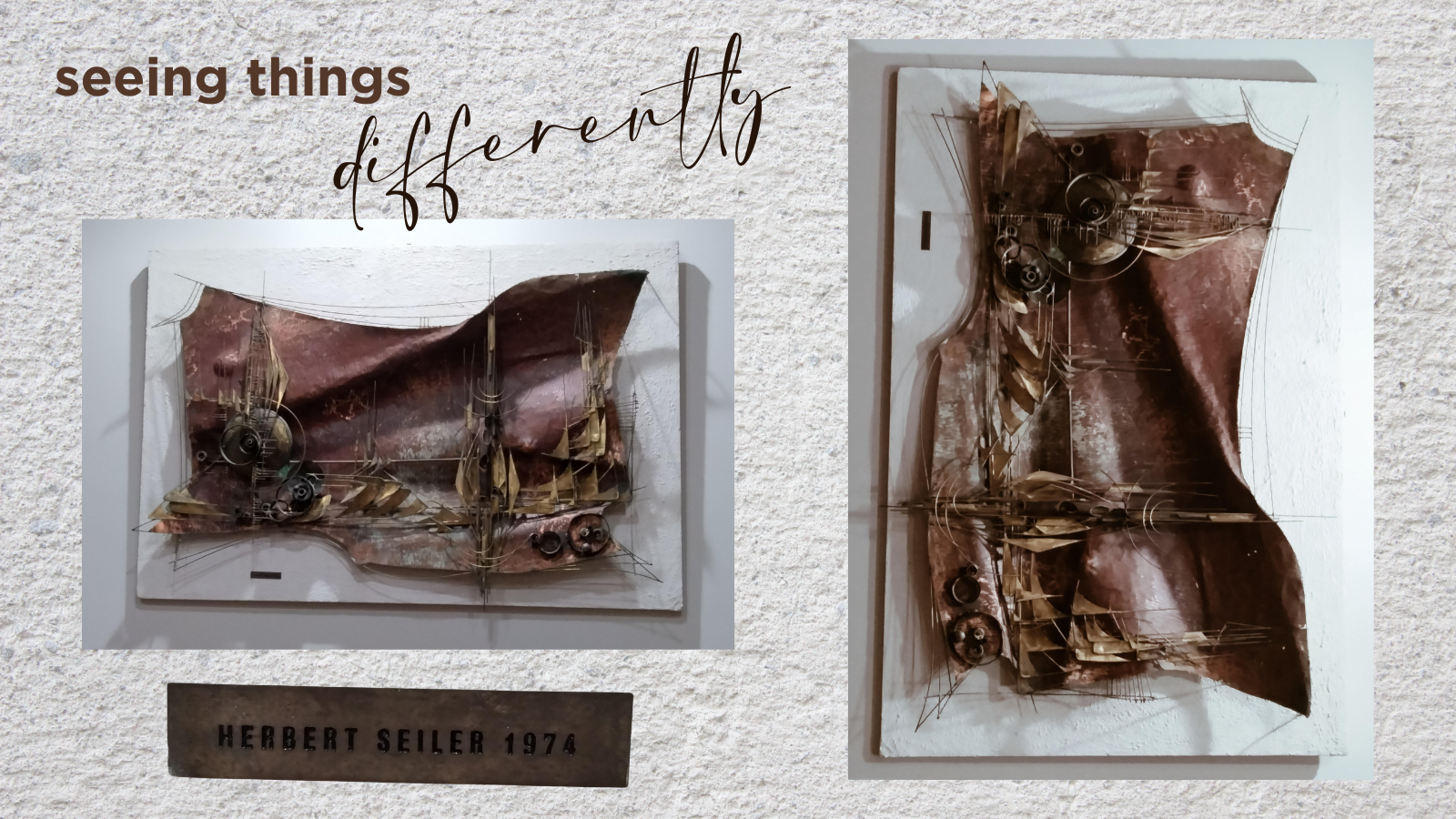
Years ago, my husband and I inherited a beautiful free-form wall sculpture from his world-traveling uncle named Otto. Created by Czechoslovak artist Herbert Seiler, this piece has been proudly hung in our homes over the years since Otto’s death. The piece has always intrigued me but not for the reasons you might think. Crafted from copper and other metals, molded and shaped to create a feeling of ships at sea. But by tilting our heads and looking at the piece from a different angle, the art becomes something different. Can you see it?

